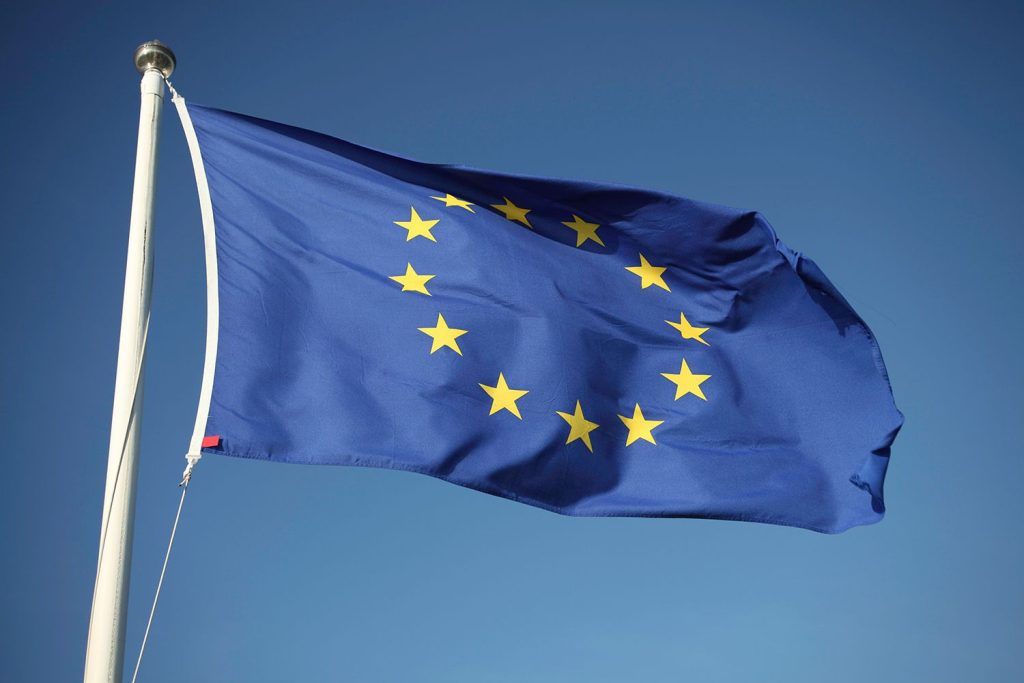ETS Alignment Post-Brexit: The EU and UK will begin formal work to integrate their emissions trading systems (ETS), potentially reuniting carbon markets post-Brexit.
Trade Incentives: Linked ETSs could lead to mutual exemptions under each bloc’s Carbon Border Adjustment Mechanisms (CBAM), reducing regulatory friction for exporters.
Climate Ambition Benchmark: The UK must match or exceed EU emissions reduction targets to finalize linkage, raising the bar for national climate policy.
The European Commission and the UK government have agreed to work towards linking their carbon markets, in a move that could unify the EU and UK Emissions Trading Systems (ETS) and reshape carbon pricing across Europe.
The announcement follows the first-ever EU-UK summit, where leaders also addressed security, migration, and energy policy. Linking the ETS frameworks would allow carbon allowances issued by either jurisdiction to be recognized under the other’s system, effectively enabling cross-border trading of emissions permits.
EU Commission President Ursula von der Leyen emphasized the significance of the move:
“We are both committed to leading by example on the path to net zero,” she said.
“A larger integrated system is a big step forward in decarbonisation and creates a level playing-field.”

Why It Matters
A unified ETS strengthens Europe’s carbon pricing mechanism and increases liquidity, potentially stabilizing carbon prices while reducing compliance costs for multinationals operating in both regions.
The EU ETS, launched in 2005, covers emissions-intensive sectors like energy, steel, cement, and aviation, and is expected to generate €40 billion in revenues between 2020 and 2030. It has been bolstered by the 2023 introduction of the Carbon Border Adjustment Mechanism (CBAM), designed to prevent “carbon leakage” by imposing tariffs on imported goods based on their carbon footprint.
RELATED ARTICLE: Global Carbon Markets Value Hit Record $909 Billion Last Year
Since Brexit, the UK has operated its own ETS (since 2021) and plans to implement its own CBAM by 2027. The proposed linkage would aim to enable mutual CBAM exemptions for goods originating from each other’s markets, reducing administrative and financial burdens on cross-border trade.
The joint statement made clear that alignment will only proceed if the UK’s emissions cap and reduction trajectory “are at least as ambitious as the European Union cap and the European Union reduction pathway.”
In response to the announcement that the EU and UK will work to link their emissions trading systems, see commentary from Julia Michalak, IETA’s EU Policy Director, below:
“IETA welcomes the agreement between the EU and UK to work towards linking their carbon markets. This step promises to unlock significant economic benefits to both parties by creating a larger, unified market for emissions reductions, lowering compliance costs, and reducing the risk of higher trade costs. It’s a powerful move toward more efficient and cost-effective climate action.”
What’s Next
The proposed linkage will initially target sectors such as electricity generation, industrial heat, heavy industry, maritime transport, and aviation, with provisions to expand further.
For corporations and investors, this move signals a broader trend toward regulatory harmonization in climate policy—boosting confidence in long-term carbon pricing mechanisms and market predictability across Europe.
Follow ESG News on LinkedIn

